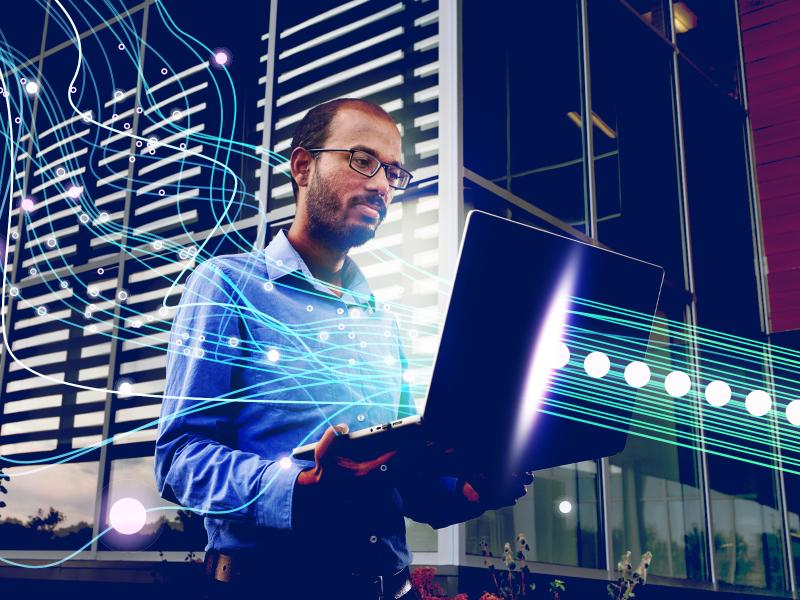
Energy Resiliency
Energy Resiliency
Modernizing U.S. energy systems
for future generations
Modernizing U.S. energy systems
for future generations
Energy is critical to every aspect of modern society and to a thriving U.S. economy. Our nation needs to increase its energy production and delivery to meet the needs of our rapidly expanding energy demand—while also lowering costs and boosting resiliency. In collaboration with industry experts and the research community, PNNL scientists and engineers work every day toward a reliable, affordable, secure, and resilient energy future for all Americans. PNNL research supports U.S. Department of Energy priorities in key areas including:

The electric grid is our most complex—and essential—machine.
Learn how the grid powers America
- Electric Grid Modernization
- Energy Storage
- Fossil Energy
- Nuclear Energy
- Environmental Management
- Transportation and Industry
- Energy Efficiency
- Renewable Energy
Energy resiliency is a broad challenge that requires a multidisciplinary approach to identify and develop transformative solutions. Use the links above to learn more about how our energy resiliency work spans and connects these key areas of our research, where we also do so much more to advance American energy innovation.

